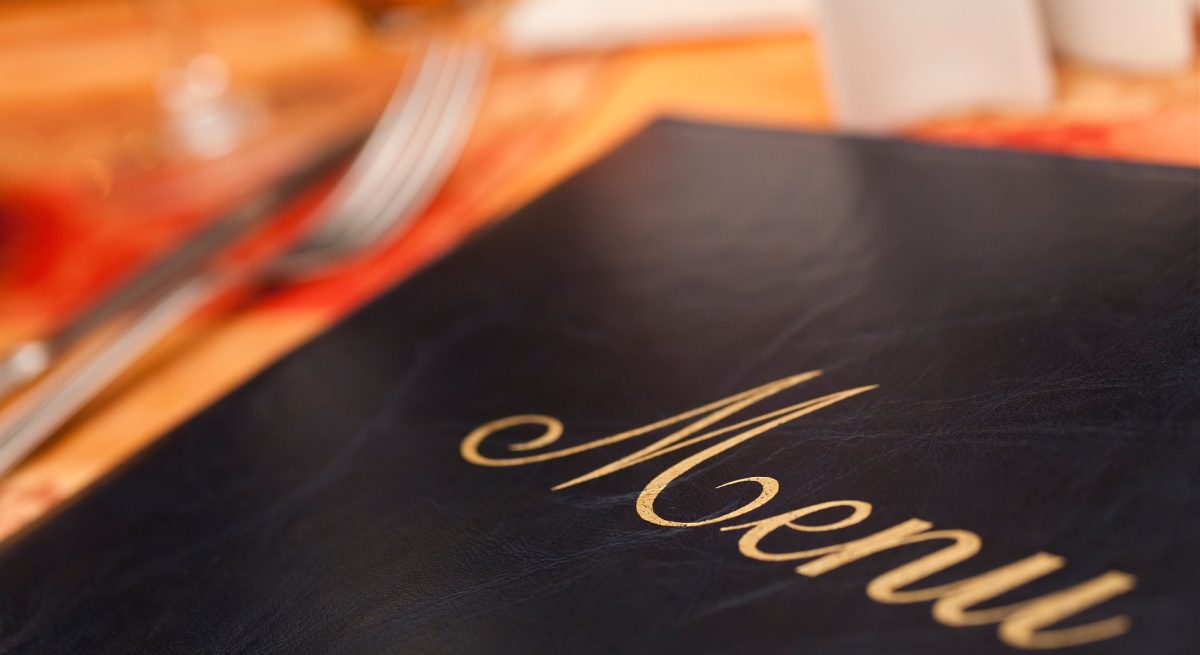Is ‘Menu Scraping’ Legal for Third-Party Delivery Services?
4 Min Read By Matthew Murphy
The advent of on-demand food delivery can be traced back to the early 2000s when the use of GrubHub, Seamless and numerous other online and mobile food-ordering systems became commonplace among college students and young professionals throughout the United States. Gone were the days of leafing through a pile of crumpled menus to order takeout. Now, one could quickly search for local restaurants, view their menus, and order and pay online. Once they were firmly established, it was only a matter of time before these takeout-focused services added delivery as an option for those willing to pay.
When they first started, third-party food delivery platforms only listed the menus of their partner restaurants—the ones that agreed to forfeit a percentage of their sales in exchange for the increased demand generated through online ordering. But as competition increased among third-party delivery services, a problem emerged: customers were more loyal to their favorite restaurants than to their favorite application. If customers could not order from their favorite restaurant on one platform, they would either download a competing application on which they could, or else order directly from the restaurant.
So, is menu scraping legal?
At first, this so-called “menu gap” created healthy competition among the third-party delivery services in a race to sign up new restaurants. But they soon realized a more expedient way to close the menu gap—simply add non-partner restaurant menus to their platforms without the restaurants’ permission. This was done quickly using automated tools that crawl the internet and scrape data from restaurant websites, including locations, hours and menus. But it also added an extra step. Rather than go directly to restaurants for fulfillment, online orders for non-partnered restaurants go directly to a delivery driver, who must place the order directly with the restaurant, pick it up and pay for it, as though they were the actual customer.
Restaurants are not always happy to discover the unauthorized use of their menu or logo on third-party food delivery websites and applications. Many restaurants intentionally chose not to partner with these services because they wanted to closely control the quality of their food and the takeout experience. The non-partnered food delivery system is prone to other problems too. The third-party food delivery services sometimes post outdated menus, incorrect business hours, or inflated prices; they sometimes use stock images that do not accurately portray the restaurants’ dishes; they can botch orders (either due to human error or because a dish is no longer available or requires specification), or not order at all (again, either due to human error or because the restaurant is closed or is not accepting orders); and food can be delivered late and cold. When these problems occur, customers often call the restaurant to complain. This puts the restaurant in the unfortunate position of being blamed for mistakes it did not make and cannot fix.
So, is menu scraping legal? Can a third-party food delivery service post a restaurant’s menu on its website and solicit orders without the restaurant’s consent? As with most legal questions, it depends.
Can a third-party food delivery service post a restaurant’s menu on its website and solicit orders without the restaurant’s consent?
Under the Lanham Act, the federal statute that governs trademarks, restaurants have the right to exclude third-party delivery companies from using their protected marks in any way that is likely to cause customer confusion as to the affiliation or association between the third-party company and the restaurant. On the other hand, third-party food delivery services have the right to use a restaurant’s mark in order to advertise their own services, i.e., that they deliver food from a particular restaurant. This is called “nominative fair use.” If a third-party company’s use of a restaurant’s name or logo creates the false impression that it is associated or affiliated with the restaurant, its use crosses the line from permissible fair use to impermissible trademark infringement. But if its use of the restaurant’s marks is not likely to confuse consumers as to whether the restaurant has endorsed or is affiliated with the third-party company, the use is fair.
Although anecdotal evidence indicates that consumers sometimes are confused about the affiliation between third-party food delivery services and non-partnered restaurants—why else would they call the restaurant to complain about a missing item or untimely delivery—such confusion can probably be avoided. Third-party companies should avoid making any statements on their websites or mobile applications suggesting a partnership with a restaurant where one does not exist. They could even affirmatively distinguish on their platforms partner restaurants from non-partner restaurants. They could further explain that orders for non-partnered restaurants do not go directly to the restaurant but are instead routed to a delivery driver who will place the order on the customer’s behalf. In other words, third-party delivery services can—and in many circumstances probably already are—permissibly using non-partner restaurants’ names and logos in a purely nominative sense. The opposite is almost certainly true too.
As with most legal questions, it depends.
Although there have been a handful of trademark infringement lawsuits filed by restaurants against third-party delivery services that posted their menus without permission—including, most recently, a putative class action lawsuit in the Northern District of Illinois—none have yet been decided on the merits. It therefore remains to be seen how the federal courts will balance a restaurant’s trademark rights against a third-party food delivery company’s rights to fairly advertise its services. Because that analysis is highly fact specific, it is unlikely there will ever be a definitive judicial determination broadly stating that menu scraping is legal or not; it is more likely that determination will be made on a case-by-case basis.
If you are a restauranteur who suddenly finds your restaurant’s menu or logo on a third-party food delivery platform without your consent, you should contact a trademark attorney to determine what, if any, recourse you have. Many of the larger companies will remove your menu upon request, but others might be less cooperative. New and established third-party food delivery services should also consult their intellectual property counsel to ensure their use of non-partner restaurant menus and logos fall within the bounds of permissible nominative fair use.


